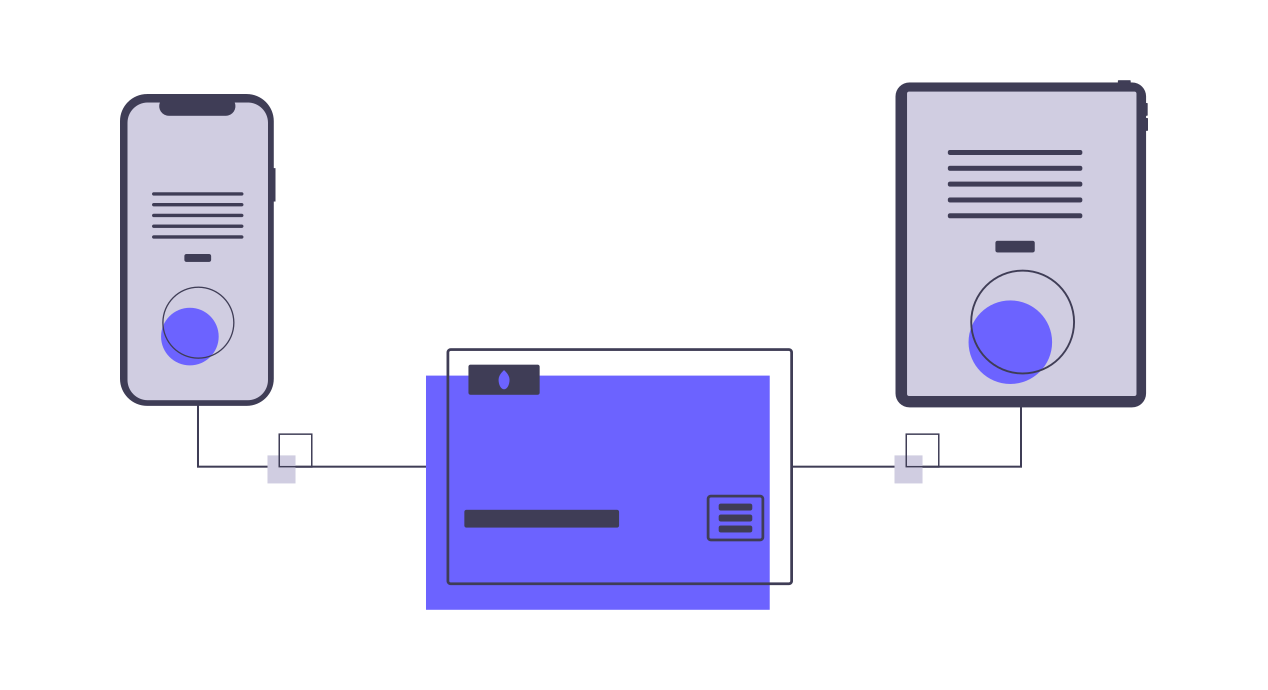In the ever-evolving landscape of marketing, businesses constantly strive to optimize their strategies for maximum efficiency and return on investment (ROI). Two prominent approaches stand out: mass marketing and segmentation-based marketing. Each has its advantages and challenges, particularly concerning cost. Understanding these can help businesses make informed decisions about where to allocate their marketing budgets for optimal impact.
Understanding Mass Marketing
Mass marketing, often referred to as undifferentiated marketing, involves promoting products or services to a broad audience without tailoring the message to specific segments. The goal is to reach as many people as possible with a single, uniform message. This approach is rooted in the idea that a larger audience increases the chances of finding potential customers.
Costs Associated with Mass Marketing
- Advertising Spend: Mass marketing requires significant investment in advertising across various channels, such as television, radio, print, and digital platforms. The high cost of these broad-reaching ads can quickly add up.
- Production Costs: Creating high-quality, compelling advertisements suitable for mass media often demands substantial production budgets, including costs for professional video shoots, graphic design, and more.
- Distribution Costs: Distributing marketing materials to a wide audience incurs significant costs, particularly in traditional media, where buying airtime or ad space can be extremely expensive.
- Waste Coverage: One major drawback of mass marketing is the wastage that occurs when ads reach people outside the target audience who are unlikely to convert, leading to inefficient use of resources.
Understanding Segmentation-Based Marketing
Segmentation-based marketing, or differentiated marketing, involves dividing a broad market into smaller segments based on specific criteria like demographics, behavior, or psychographics. Marketing messages and strategies are then tailored to each segment to better address their unique needs and preferences.
Costs Associated with Segmentation-Based Marketing
- Market Research: Identifying and understanding different market segments requires investment in research and data analysis to gather insights on consumer behavior and preferences.
- Customized Campaigns: Developing tailored messages for each segment can increase production costs as multiple versions of advertisements or promotional materials are needed.
- Targeted Advertising: While digital platforms allow for highly targeted ads, they often come with higher costs per impression or click. However, the increased relevance can lead to better conversion rates, potentially offsetting the higher costs.
- Technology Investment: Effective segmentation-based marketing often requires sophisticated tools and technologies for data collection, analysis, and campaign management, adding to the overall expense.
Comparing the Costs: A Detailed Analysis
Initial Investment
- Mass Marketing: The upfront costs of mass marketing can be high due to the need for broad-reaching advertisements and media buys. Businesses must allocate substantial budgets to create and distribute content across various channels.
- Segmentation-Based Marketing: Initial investments in segmentation-based marketing may include purchasing or subscribing to data analytics tools and conducting extensive market research. While these costs can be significant, they are often seen as long-term investments that yield valuable insights.
Efficiency and ROI
- Mass Marketing: While mass marketing can generate a large number of impressions, its efficiency is often lower due to the broad and undifferentiated nature of the campaigns. The ROI can be diminished by the significant amount of waste coverage.
- Segmentation-Based Marketing: By targeting specific segments, businesses can increase the relevance of their messages, leading to higher engagement and conversion rates. This efficiency often results in a better ROI, even if the initial costs are higher.
Scalability
- Mass Marketing: This approach is inherently scalable, as the same message is broadcast to a large audience without the need for significant adjustments. However, scalability can come at the cost of reduced effectiveness.
- Segmentation-Based Marketing: While more complex to scale due to the need for multiple tailored campaigns, segmentation-based marketing can be more adaptable and responsive to market changes, enhancing long-term scalability and effectiveness.
Long-Term Costs
- Mass Marketing: Long-term costs can remain high as businesses continue to invest in broad-reaching ads to maintain visibility and brand recognition. The continuous expense of reaching a wide audience can strain marketing budgets.
- Segmentation-Based Marketing: Over time, the insights gained from segmentation can lead to more efficient and effective marketing strategies, potentially reducing costs by focusing resources on the most profitable segments.
Conclusion
Both mass marketing and segmentation-based marketing have their respective cost structures and implications. Mass marketing offers simplicity and broad reach but can lead to high costs and inefficiencies due to waste coverage. Segmentation-based marketing, while requiring higher initial investments in research and technology, can lead to more efficient use of resources and better ROI through targeted and relevant campaigns.
Ultimately, the choice between these approaches depends on the specific goals, resources, and market conditions of a business. By carefully weighing the costs and benefits, businesses can determine the most effective strategy to maximize their marketing impact and achieve sustainable growth.


